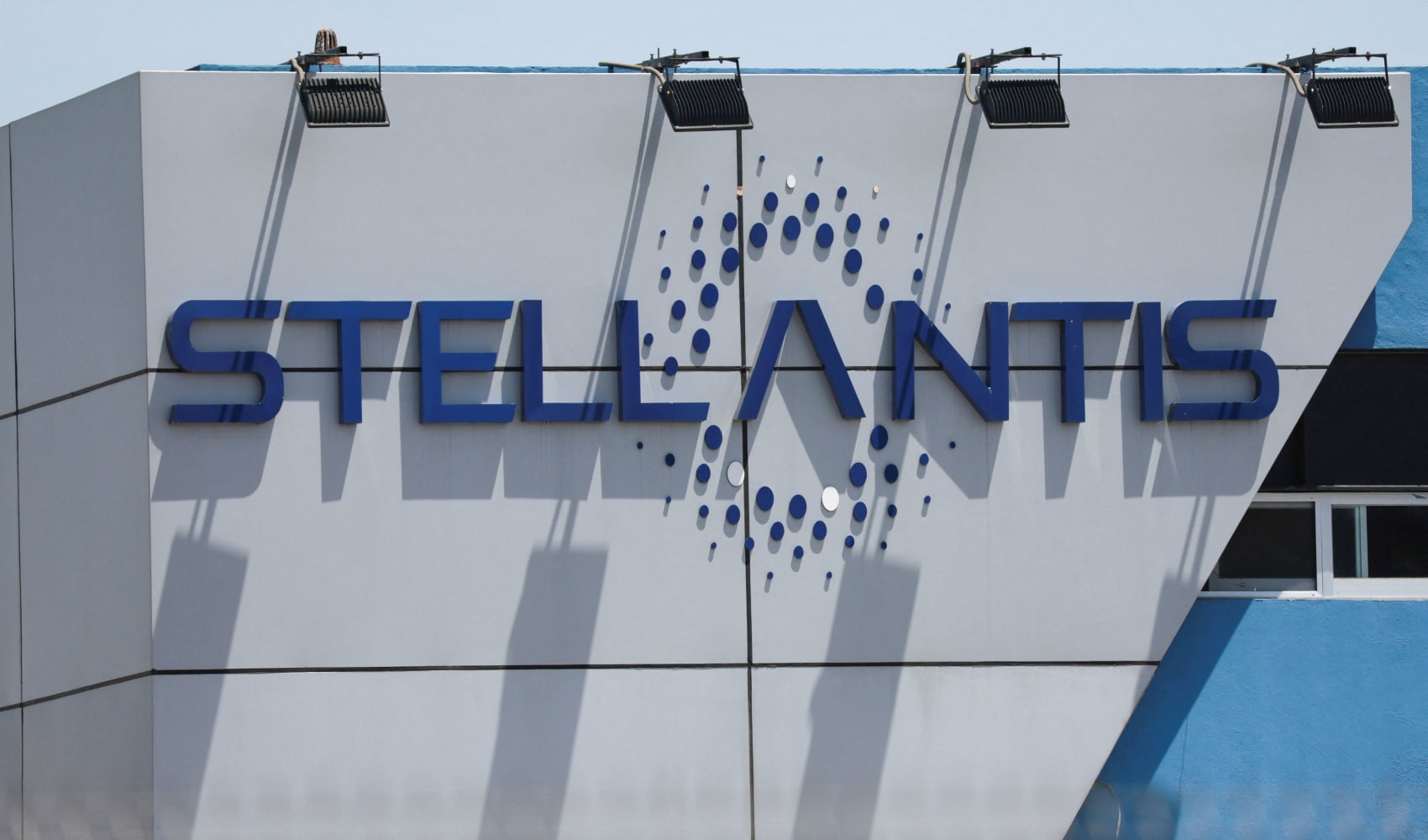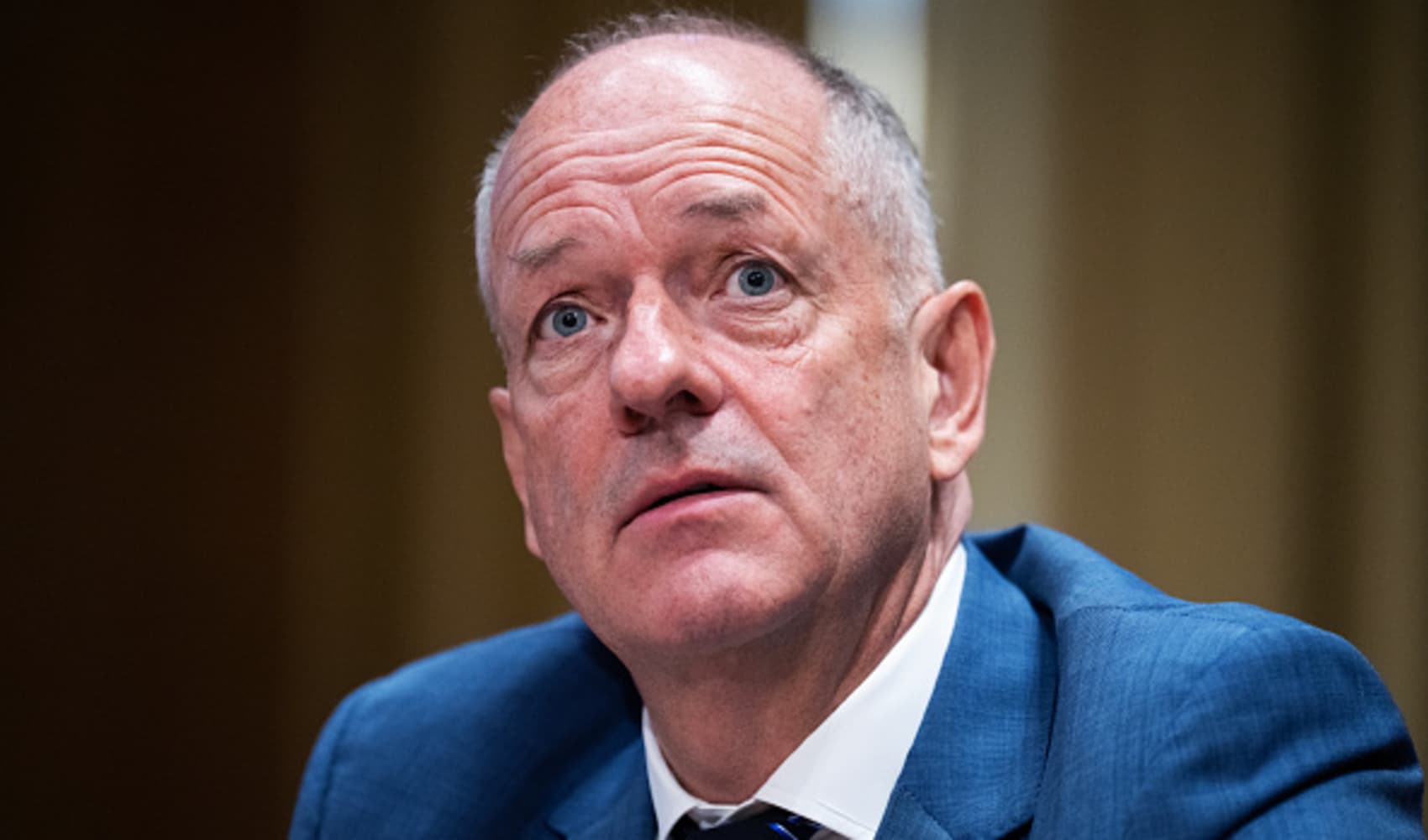Trump Tariffs Force Stellantis to Suspend Financial Guidance
Stellantis Hits the Brakes: Trump Tariffs Trigger Guidance Suspension
Introduction: A Rocky Road Ahead for Stellantis?
Hold on to your steering wheels, folks! The automotive world just got a little bumpier. Stellantis, the global auto giant behind iconic brands like Jeep, Dodge, Fiat, Chrysler, and Peugeot, has decided to pull back its financial forecast for the year. Why the sudden U-turn? Well, it all boils down to the unpredictable nature of potential tariffs, especially those linked to former U.S. President Donald Trump's trade policies. Think of it like trying to navigate a busy highway with a thick fog – you just can't see what's coming!
Stellantis's Q1 Report: A Glimpse Under the Hood
Before we dive into the tariff turbulence, let's take a quick look at Stellantis's recent performance. The company reported first-quarter net revenues of 35.8 billion euros, which translates to roughly $40.7 billion. Now, while that's still a hefty chunk of change, it represents a 14% decrease compared to the same period last year. Ouch! Analysts had actually anticipated a slightly better result, projecting revenues around 35.4 billion euros. So, what happened? A number of factors could be at play, from supply chain disruptions to shifting consumer preferences. But one thing is clear: the road ahead is not without its challenges.
Tariff Troubles: The Trump Card
The real kicker here is the uncertainty surrounding potential tariffs. Stellantis specifically cited this as the reason for withdrawing its full-year guidance. This decision highlights just how much global trade policies can impact multinational corporations. It's like a game of chess where the rules keep changing, making it difficult to plan your next move.
The Domino Effect: Why Tariffs Matter
You might be wondering, why are tariffs such a big deal? Well, they can have a cascading effect throughout the automotive industry. Imagine a tariff on imported steel. That increases the cost of manufacturing vehicles. To maintain profits, companies might have to raise prices for consumers. Higher prices could lead to decreased demand, lower production, and potentially even job losses. It's a complex web of interconnected factors.
Engaging with Policymakers: Seeking Clarity
Stellantis isn't just sitting back and waiting to see what happens. The company stated that it is "highly engaged" with policymakers regarding tariff policies. This means they're actively communicating their concerns, providing data, and advocating for policies that support a stable and predictable trade environment. Think of it as trying to negotiate a truce in a trade war. It's all about finding common ground and minimizing the potential damage.
2025 Financial Guidance: Scrapped for Now
Perhaps the most significant outcome of this uncertainty is the decision to scrap the 2025 financial guidance. This is a pretty big move, indicating that Stellantis doesn't have enough confidence in the current economic and political landscape to make accurate projections for the next few years. It's like saying, "We're not sure what the future holds, so we're going to hold off on making any promises."
Implications for Investors:
For investors, this decision raises some concerns. It creates uncertainty about the company's future performance and could potentially lead to fluctuations in the stock price. Investors might be hesitant to commit capital when the outlook is unclear.
Impact on Consumers:
Consumers could also feel the effects of these tariff uncertainties. If Stellantis and other automakers face increased costs due to tariffs, they might pass those costs on to consumers in the form of higher vehicle prices. This could make it more expensive to buy a new car.
Beyond Tariffs: Other Challenges Facing Stellantis
While tariffs are the immediate concern, it's important to remember that Stellantis is also navigating other challenges in the automotive industry. These include:
- The transition to electric vehicles (EVs)
- Supply chain disruptions
- Increased competition from new players in the market
- Changing consumer preferences
The EV Revolution:
The shift towards electric vehicles requires significant investment in research and development, manufacturing infrastructure, and battery technology. Stellantis needs to successfully adapt to this changing landscape to remain competitive.
Supply Chain Snarls:
The global supply chain has been under immense pressure in recent years, leading to shortages of key components like semiconductors. These disruptions can impact production volumes and lead to delays in vehicle deliveries.
Competition Heats Up:
The automotive industry is becoming increasingly competitive, with new players like Tesla and other EV startups entering the market. Stellantis needs to innovate and differentiate its products to stand out from the crowd.
A Global Perspective: The Interconnected Auto Industry
The automotive industry is a truly global enterprise, with complex supply chains and manufacturing networks that span across continents. Tariffs and trade policies can have a ripple effect, impacting not only Stellantis but also its suppliers, dealers, and customers around the world. It's like a giant ecosystem where every element is interconnected.
Looking Ahead: Navigating the Uncertainty
So, what does the future hold for Stellantis? That's the million-dollar question! The company's ability to navigate these uncertainties will depend on several factors, including:
- The evolution of trade policies
- Its success in adapting to the EV revolution
- Its ability to manage supply chain disruptions
- Its effectiveness in engaging with policymakers
The Importance of Adaptability: A Lesson for All Businesses
Stellantis's decision to withdraw its financial guidance serves as a reminder of the importance of adaptability in today's volatile business environment. Companies need to be prepared to adjust their strategies and plans in response to unexpected events and changing circumstances. It's like being a sailor who needs to adjust their sails to navigate changing winds.
Diversification as a Strategy:
Companies with diversified product portfolios and geographic footprints may be better positioned to weather economic storms. Stellantis, with its portfolio of brands and global presence, might be able to leverage its diversification to mitigate risks.
Conclusion: Charting a New Course
Stellantis's decision to suspend its full-year guidance due to tariff uncertainties underscores the significant impact that trade policies can have on global businesses. While the company faces challenges, it is actively engaging with policymakers and adapting its strategies to navigate the evolving landscape. The road ahead may be uncertain, but Stellantis is determined to steer its course towards a successful future. The key takeaway? Adaptability and proactive engagement are crucial for success in today's complex global economy.
Frequently Asked Questions (FAQs)
- 1. Why did Stellantis suspend its full-year financial guidance?
- Stellantis cited uncertainties regarding the potential impact of tariffs, particularly those associated with former U.S. President Donald Trump's trade policies.
- 2. What was Stellantis's financial performance in the first quarter?
- The company reported net revenues of 35.8 billion euros, a 14% decrease compared to the previous year.
- 3. How are tariffs impacting the automotive industry?
- Tariffs can increase the cost of manufacturing vehicles, potentially leading to higher prices for consumers and decreased demand.
- 4. What is Stellantis doing to address the tariff issue?
- Stellantis is actively engaging with policymakers to communicate its concerns and advocate for policies that support a stable trade environment.
- 5. What other challenges is Stellantis facing besides tariffs?
- Other challenges include the transition to electric vehicles, supply chain disruptions, increased competition, and changing consumer preferences.

